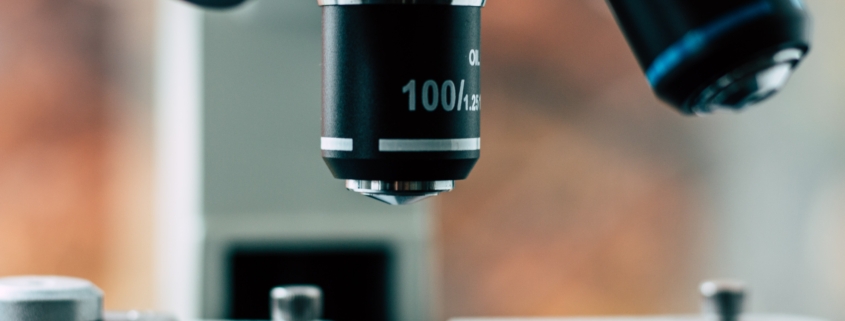Current Morgellons Disease Research: Understanding the Methods Used
Recent Morgellons disease research has found ample evidence that a patient’s symptoms stem from the body’s reaction to a bacterial infection. The research supports that patients’ pain has a pathogenic cause and doesn’t stem from a neurological disorder, as some claim.
Morgellons disease is characterized by colored filaments embedded in the skin and protruding from painful skin lesions. Morgellons patients also suffer from other seemingly inexplicable symptoms that severely impact their quality of life.
Without an apparent cause, the mystery behind Morgellons has led many medical professionals to prescribe antipsychotics to treat neurologic symptoms. Patients walk away with no relief for the physical symptoms and some even question their own sanity.
In all actuality, the culprit behind Morgellons disease appears to be caused by spirochetal bacteria front the Borrelia genus known to be spread by ticks and associated with Lymes disease. Although Borrelia spirochetes are detected across the board in Morgellons skin tissue, other pathogens may also play a role.
Scientists continue to use these steps to refine our understanding of this enigmatic disease.
How do researchers identify infecting bacteria?
When presented with an unknown bacterium, microbiologists work to isolate infection-causing bacteria. This helps them better understand the species with which they are dealing. Morgellons researchers have followed this same process to identify the spirochetes ravaging Morgellons patients’ lives.
Standing on their own, any individual bacterial test may not offer conclusive evidence that Morgellons patients suffer from a spirochetal infection. However, by running a combination of these tests on multiple patients, researchers have concluded that species related to the Borrelia genus are some of the pathogens responsible for Morgellons disease.
Here’s a rundown of laboratory experiments used to identify spirochetal infection in Morgellons patients.
Microscopic staining
In this Morgellon’s study, scientists took skin samples from participating patients. When examined under a microscope, it’s difficult to differentiate between skin cells and invasive bacteria. To help the bacteria visibly stand out from the surrounding cells, microbiologists use special staining techniques to dye the bacterial cells a different color.
Once bacteria are stained, scientists can study their physical characteristics under different types of microscopes to determine to which group the unknown bacteria belong. Bacteria are initially classed or organized based on their physical structure under one of five groups of bacterial “shapes.” These shapes include rod (bacilli), round (cocci), spiral (spirilla), comma (vibrios), and corkscrew (spirochetes).
The bacteria infecting Morgellons patients have a twisted corkscrew shape and are classified as spirochetal bacteria.
Going Deeper with SEM & TEM
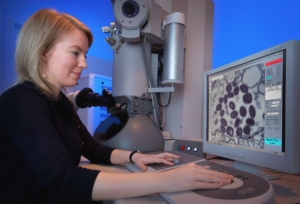
An example of a transmission electron microscope.
After classifying the shape, researchers enlist SEM or scanning electron microscopy to go deeper. Electron microscopes help them describe bacterial cell structure, measure size, and study changes in the bacteria’s physical appearance. This kind of microscopy gives researchers a much better view of specimens than light microscopy alone. SEM helps researchers confirm the physical shape of infecting bacteria and gather essential details about their physical qualities.
Beyond SEM, researchers turn to transmission electron microscopy (TEM) for a high-resolution image of internal structures. Using TEM, researchers can see details as tiny as individual atoms.
SEM and TEM help researchers understand the physical qualities and structures of the organisms they study. Their biggest drawback is that neither can provide any information about bacterial evolutionary development or offer any genetic identification.
After using these physical classification techniques, researchers work next to identify the bacteria using DNA testing.
PCR or Polymerase Chain Reaction testing
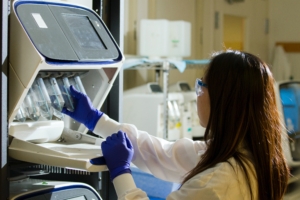
An example of the machine used for PCR genetic testing.
DNA holds instructions and information inside all living organisms. Polymerase chain reaction tests, or PCR tests, are a fast and accurate approach to diagnosing infectious diseases using DNA collected from disease-causing agents. The machines used in PCR testing can identify the pathogen DNA mixed in a sample.
Researchers collect samples of blood, tissues, mucus, and saliva from patients to run a PCR test.
Each sample contains the patient’s DNA and DNA from the infecting bacteria. Researchers place samples taken from the patient in a particular machine and add an enzyme called polymerase. Within an hour, the polymerase enzyme causes the cells in the sample to clone the genetic material billions of times—including the bacterial DNA.
The PCR machines then sequence or decode the DNA strands to identify the infecting bacteria.
Serological reactivity & antigen testing
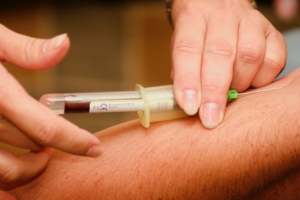
Collecting a blood sample for testing.
Even after identifying the infecting bacteria, researchers are still unsure of the source. That’s why they turn to serological reactivity and antigen testing next. This kind of testing scans a person’s immune system for antibodies related to specific diseases. For instance, the spirochete that causes Morgellons or Lyme disease triggers certain antibodies.
In serological testing for Morgellons disease, scientists collect blood from a patient. The serum, or liquid portion of the blood, is separated from the blood cells. Then researchers add an agent derived from Borrelia spirochetes to the serum. If the serum reacts to the agent, the researcher can infer that previous patient exposure to the bacteria caused an immune response.
While this form of testing can be helpful in identifying illness, Lyme disease testing uses lab-grown bacterial strains that aren’t as genetically diverse as naturally occurring strains. The lack of natural diversity leads to both false positives and false negatives. That’s exactly the kind of thing that can reinforce some doctors’ thinking that Morgellons doesn’t stem from bacterial infection at all.
So researchers have to take it even further for better understanding.
Inoculations & culture growth
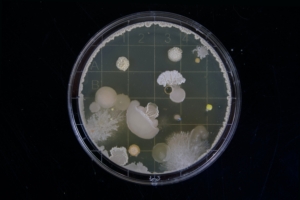
Cell growth culture made from an inoculation.
We’re used to hearing the term “inoculation” used in relation to vaccination. But in microbiology, inoculation means adding microorganisms into a culture, or prepared petri dish, to be grown and multiplied. In this Morgellons disease study, researchers added skin samples to a petri dish that contained everything the bacteria needed to grow and reproduce.
When Borrelia species grew in a petri dish from a Morgellons patient skin sample, researchers knew that there were living bacteria in the sample they took from the patient and that they were dealing with an ongoing infection.
Researchers can also use the bacteria grown through inoculations for further testing without collecting more samples from the patient.
Control groups
In a number of the studies presented, the researchers also tested for Borrelia species in control groups or volunteers with no symptoms or history of Morgellons or Lyme disease. If members of the control group host the same spirochetes, the researchers can presume that the bacteria may not have a role in these infections.
However, Borrelia species were absent in the control groups of volunteers and unique to the Morgellons patients across nearly all experimental procedures. This reinforces Borrelia spirochetes as the culprit behind Morgellons disease.
Treating the infection
Researchers have isolated and identified Borrelia spirochetes in multiple Morgellons patient studies. Because the disease appears to be caused by an underlying spirochetal infection, using antipsychotics to treat Morgellon symptoms is a misguided approach that can cause psychological and physical harm.
The most effective way yet discovered to treat an underlying bacterial infection in Morgellons Patients is an antibiotic regimen. Morgellons patients lucky enough to find a doctor who understands Morgellons is an ongoing bacterial infection have already experienced reduced symptoms through antibiotic treatment.
And that’s a relief for more people being called delusional when dealing with a pathogenic disease.
Donations are needed
Despite ongoing research proving otherwise, the CDC still doesn’t officially recognize the underlying cause of Morgellons disease. The symptoms of Morgellons disease are debilitating for patients and their families. Many patients must fight for care simply because this disease is considered a delusional disease without a physiological cause.
Through research sponsored by the Charles E. Holman Foundation, we give patients the answers they need and discover better treatments. Experiments like the ones outlined here are costly and time-consuming—and more research is required.
Your donation today will help fund future research for treatments and cures. You will also help us spread awareness and provide resources to help support those suffering from Morgellons disease.

